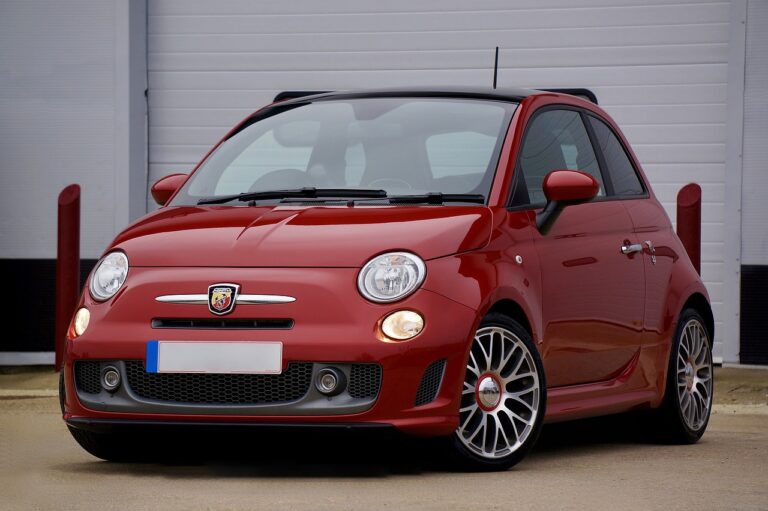Trends in Electric Motor Technologies: 11xplay registration, Laser 247com, Tiger exchange 247 vip login
11xplay registration, laser 247com, tiger exchange 247 vip login: As technology continues to evolve at a rapid pace, the electric motor industry is not being left behind. Electric motors are an essential component in a wide range of applications, from industrial machinery to electric vehicles. In recent years, there have been significant advancements in electric motor technologies, leading to more efficient, reliable, and sustainable solutions. In this article, we’ll explore some of the key trends shaping the electric motor industry today.
1. Introduction to Electric Motors
Electric motors are devices that convert electrical energy into mechanical energy. They are commonly used in a variety of applications, including pumps, fans, compressors, and conveyors. Electric motors can be categorized into two main types: AC motors and DC motors. AC motors are more commonly used in industrial applications, while DC motors are often found in smaller appliances and electronic devices.
2. Efficiency Improvements
One of the most significant trends in electric motor technologies is the focus on improving efficiency. High-efficiency motors can help reduce energy consumption and operating costs, making them a more sustainable option for many applications. Manufacturers are constantly working to develop new motor designs and materials that can improve efficiency without sacrificing performance.
3. Permanent Magnet Motors
Permanent magnet motors are becoming increasingly popular in the electric motor industry. These motors use permanent magnets to create the magnetic field required for rotation, eliminating the need for external field windings. Permanent magnet motors are more efficient and compact than traditional induction motors, making them ideal for applications where space and energy efficiency are critical.
4. Sensorless Control
Sensorless control is another emerging trend in electric motor technologies. Traditional motor control systems rely on sensors to monitor speed, position, and other parameters. However, sensorless control systems use advanced algorithms and software to calculate these parameters without the need for physical sensors. This can reduce costs and complexity while improving the reliability and performance of electric motors.
5. Integration with IoT
The Internet of Things (IoT) has transformed the way devices and systems communicate and interact with each other. Electric motors are no exception, with manufacturers integrating IoT capabilities into their motor designs. IoT-enabled motors can be remotely monitored and controlled, allowing for predictive maintenance, energy optimization, and real-time performance monitoring.
6. Regenerative Braking
Regenerative braking is a technology that captures and stores energy during deceleration or braking. This energy can then be reused to power the motor during acceleration, reducing energy consumption and extending battery life. Regenerative braking is commonly used in electric vehicles, hybrid vehicles, and certain industrial applications.
7. Soft Starters and Variable Frequency Drives
Soft starters and variable frequency drives (VFDs) are two technologies that are commonly used to control the speed and torque of electric motors. Soft starters gradually ramp up the motor’s speed to reduce wear and tear, while VFDs allow for precise control of motor speed and efficiency. Both technologies help improve motor performance and extend the lifespan of the motor.
8. Eco-Friendly Materials
As sustainability becomes a top priority for many industries, electric motor manufacturers are increasingly using eco-friendly materials in their designs. Biodegradable plastics, recycled metals, and other sustainable materials are being incorporated into motor components to reduce environmental impact and contribute to a circular economy.
9. FAQs
Q: What are the benefits of using an electric motor?
A: Electric motors are more efficient, reliable, and cost-effective than traditional combustion engines. They produce zero emissions and can be powered by renewable energy sources, making them a sustainable option for many applications.
Q: How can I improve the efficiency of my electric motor?
A: There are several ways to improve the efficiency of an electric motor, including using high-efficiency motors, reducing friction and waste heat, optimizing motor control systems, and implementing predictive maintenance practices.
Q: What is the lifespan of an electric motor?
A: The lifespan of an electric motor can vary depending on factors such as operating conditions, maintenance practices, and the quality of the motor. Well-maintained motors can last for decades, while poorly maintained motors may need to be replaced sooner.
In conclusion, the electric motor industry is experiencing rapid advancements in technology, driving improvements in efficiency, sustainability, and performance. By staying up to date on the latest trends and innovations, manufacturers can take advantage of these advancements to create more reliable and sustainable electric motor solutions. Whether it’s permanent magnet motors, sensorless control, or IoT integration, the future of electric motor technologies looks bright.







